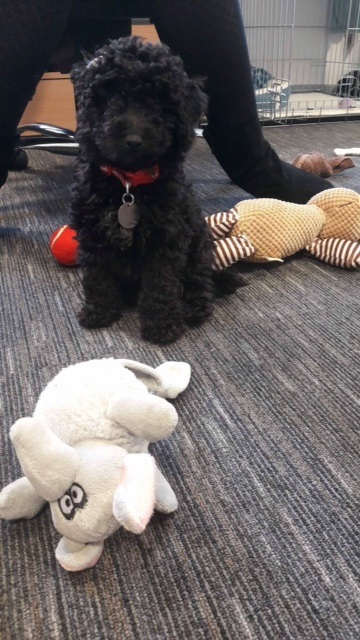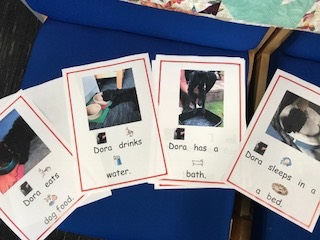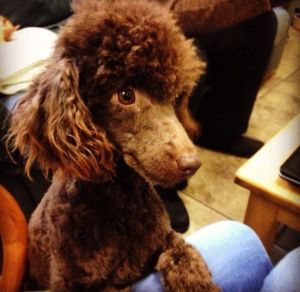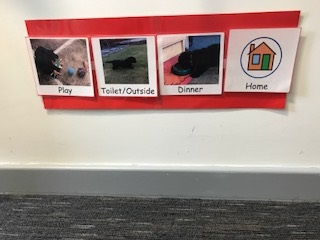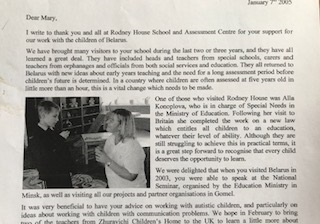Ahead of the meeting I attended earlier this week chaired by Vicky Ford MP, Minister for Children about a full return to school in September for pupils with SEND, I prepared for the discussion by reflecting on the way we worked as a whole school community during the period of lockdown and on our preparations for September.
Alongside all other schools we have of course been open throughout to pupils whose parents were classed as key workers as well as children we identified needed a place through our pupil risk assessment. We filled the school to capacity within the guidance which was in place during that period of time. Running alongside this we ran our home learning programme for pupils who were not able to attend and were pleased it was published as a good practice example by the Department for Education.
Having reflected on what I believe are the key elements which made the way we worked in the Spring / Summer term successful and are the foundations of plans for the new term, I feel there are 5 key themes:
- Building / systems
- Personalisation
- Involving the school community
- Communication with parents / carers
- collaboration with the multi – agency team
Buildings / Systems
This is the logistics of day to day management of the school environment including:
- Bubbles / groupings of pupils and staff
- Cleaning schedules
- Access / egress
- Signage around school
- Arrangements around home learning in the case of self isolation / lockdown of bubbles etc
- response to and systems in place for anyone displaying COVID symptoms or any confirmed case
- All other ‘practical’ things to ensure safe and smooth running of the school day
Personalisation
As a special school knowing our pupils really well and personalising our approach to meet their individual needs is what we are all about! This is imperative in the context of being COVID secure whist ensuring meeting the learning needs of the children if they are not able to be on site. For us this includes:
- Having a designated member of the class team as ‘key workers’ for all of the children so that they can have a close working relationship with parents / carers whilst in school or any periods of home learning
- Having packs of ‘real’ things for home learning e.g. personalised symbol choice boards / sensory toys is so important as many of our children are either not motivated by or struggle to access online learning. Staff prepared home work packs for all the children during lockdown and made / delivered more resources as needed.
- Ensuring addressing of all aspects of each child’s EHCPs through the curriculum/ day to day school experience
- Ensuring online activities are meaningful and relatable e.g. using school staff / info about the individual child in online activities. An example is the signing videos on our website– feedback from parents being how much the children enjoy and engage when they recognise the school staff.
- The key worker / personalised approach ensuring that any concerns e.g. safeguarding issues which arise can be promptly identified, escalated and addressed.
Involving the school community
The school has a culture of involving the staff and governors in all aspects of work and this is no different. Sharing the risk assessment during development and making amendments in relation to feedback has been in place throughout. Staff have also been very proactive in sharing their own good practice in relation to home learning and sharing links to resources they have found. Involving the whole school community in this way helps us to be responsive to the needs of the children and the school and to make adaptations where they are needed. I am lucky to have such a positive / proactive and committed school team. It has been important to consider staff health and wellbeing throughout this period of time too and ensuring they have access to our Employee Assistance Programme including telephone appointments with the school counsellor
Communication with parents / carers
This has been such a challenging time for our families and we are really grateful for the collaborative way they have worked with the school. We have found using a layered whole school generic Class dojo page, class pages and individual pupil dojo pages a really positive way of engaging with families. The private messaging system on class dojo has enabled parents / carers to have ongoing contact with key workers / class teachers.
With regards to whole school information, the front page of the website is kept updated with key information including the risk assessment which is in place for September and in addition letters and text messages have been regularly sent out.
Use of a google form questionnaire sent to parents / carers during lockdown was useful in finding out what queries and concerns parents / carers had and then information from this was used to form a FAQ section on our website. All families have received an individual / personalised letter about the arrangement for starting school in September.
Collaboration with the multi – agency team
As a school we are not an island and in term of meeting a child’s holistic needs it is imperative we work collaboratively with other agencies as part of our general practice. This is has been particularly important during the period of lockdown as we move forward to full reopening in September.
Other agencies such as our physiotherapist, occupational therapist, school nurse have been proactively liaising with / supporting families at home through ideas, advice and support as well; as getting equipment such as sensory cushions, standing frames home to children when they were needed. We have liaised closely with early help as well as social care when safeguarding concerns have arisen. Collaboration with other schools where siblings attend is really important to working together in order to share information and best support families.
We were grateful to Magic Breakfast for continuing to deliver to us through the period of lockdown as we were then able to distribute the breakfast foods to our families in need
Preparations for September
The risk assessment is in place, the training days are planned and there is every intention of fully re-opening the school to all pupils during September. Some of the additional measures include:
- A slightly staggered start – mainly around the pupils new to the school to ensure they are effectively supported into school. On line information / videos etc are on the website for children / families who have not yet been able to visit.
- Social stories about returning to school and social distancing are on the front page of the website.
- We are implementing The Recovery Curriculum during the Autumn term to support all of our children back into school.
- We are using part of our training days at the start of September to make contact with each child and their family ahead of them returning
- Plans for home – learning including homework packs are in place ready for any periods of self – isolation / local lockdown
Challenges ahead
I am not naive enough to believe that ticking off the elements above does not mean there will not be challenges ahead. At the point of writing this blog there are a range of unanswered questions around how we will effectively include and support the needs of some children within our building and staffing capacity whilst adhering to guidance for example the small group of children we have who require AGPs ( aerosol generating procedures) such as suctioning for which there is a raft of additional safety requirements. As with all other aspects of the work we do however we will continue to consider and respond to the children’s needs and what is required of us to keep everyone safe and we will find a way to make it work!


